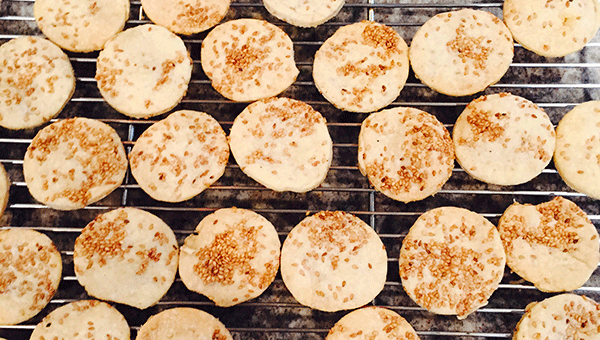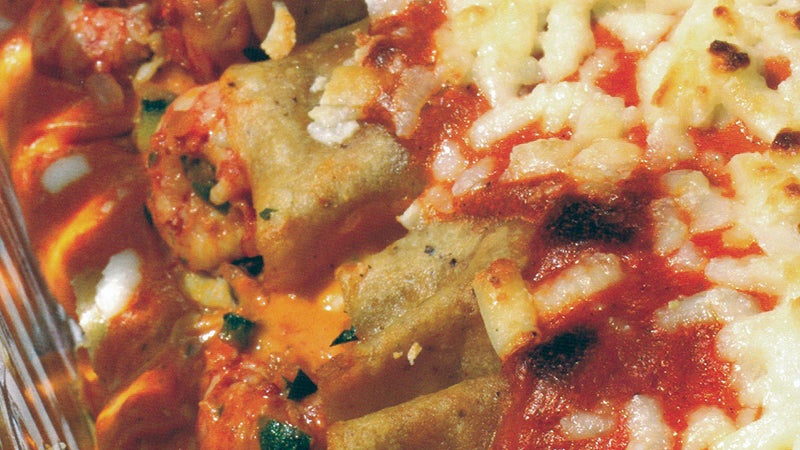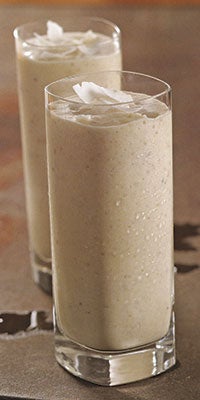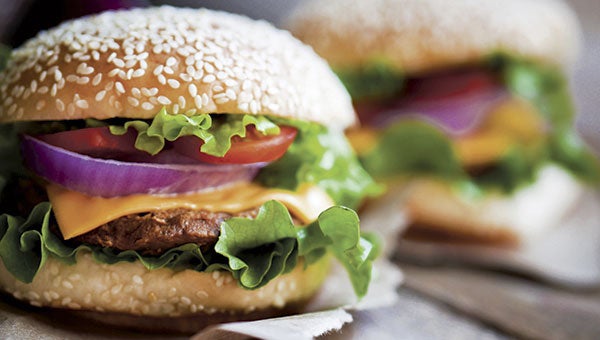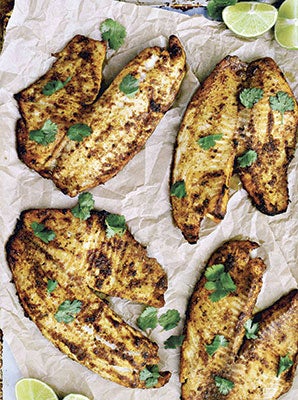Yum! Benne wafers to die for!
Published 12:00 am Saturday, December 26, 2015
I bought my seed last summer in Tucson at Native Seeds. Planted them mid-summer. They are drought tolerant and went on to do well. Harvest is a bit difficult as the seed will disperse from the ripe pods if you do not get them at the right time.
Sesame, sesamum indicum, appears wild in Africa and India. It is one of the oldest seed crops, highly tolerant of drought, and has one of the highest oil contents with a rich nutty flavor. The largest producer in 2013 was Myanmar; the largest exporter was India and the largest importer was Japan.
Sesame seed arrived in colonial America, especially the Southeast coast, in the 17th century with the slave trade. Charleston made them their own and the city is still known for its benne wafers.
Sean Brock, the noted Charleston chef, in his Heritage cookbook tells us that Benne, a Mende word for sesamum indicum, was a subsistence crop in the early Carolinas and bears little relation to the sesame seeds that come on your fast food burger (McDonald’s imports 75% of Mexico’s crop.). One can eat the young leaves, use the unripe seed pods like okra, use the seeds whole or pressed to make oil, and the leftover mash would make its way into a pot of collard greens as a rich oleo in a land too warm for cheap butter.
You can low-temperature boil the seed in water to get the oil as the Africans did or use a screw press to get the oil. It was a useful oil in the South until 1880 when David Wesson refined the stink out of cotton seed, a waste product, to produce a cheap virtually tasteless lipid and ‘Wesson Oil’ supplanted the Benne oil.
When Carolina Gold Rice Foundation undertook the revival of planting systems of the Carolina low country rice plantations in 2003 they secured landrace benne seed. This is much more flavorful than most of the sesame produced today. The Native Seeds of Tucson got their seed from Anson Mills of South Carolina.
You can buy your benne seeds from Anson Mills, www.ansonmills.com or order some seed from Native Seeds, www.nativeseeds.org. I am going to try using the young greens in soup or pot greens next year and maybe as Sean Brock suggests tempura fry the young seed pods.
But let’s start with the seeds for that Charleston party treat, benne wafers. This would be nice to go along with drinks for New Year’s Day. I am using benne seeds since I have a lot now but you can always substitute sesame seeds.
From ‘Southern Living’ March 2013
Savory Benne Wafers
Makes 6 dozen
¼ cup plus 2 tsp. benne seeds
2 cups all-purpose flour
1 ½ teaspoons kosher salt
¼ teaspoon ground red pepper
¾ cup cold unsalted butter, cut into small pieces
¼ cup ice-cold water
Preheat the oven to 325°. Cook benne seeds in a heavy skillet over medium heat. Stirring often, 6-7 minutes or until fragrant. (Seeds will be the color of pecans). Transfer to a plate. Cool completely (about 20 minutes).
Process flour, next 2 ingredients, and 1 Tbsp. seeds in a food processor 30 seconds or until seeds are finely ground. (Seeds should be the same consistency as the flour). Add butter, and pulse 5 or 6 times or until mixture resembles small peas and is crumbly. Add half of ice-cold water, 1 Tbsp. at a time, and pulse 2 or 3 times or just until combined. Add 1 Tbsp. benne seeds and remaining water, process 10-15 seconds or until dough forms a ball and pulls away from sides of bowl.
Place dough on a lightly floured surface. Shape into 1 ½-inch-thick flat disk, cut into 4 wedges.
Dust top of 1 dough wedge with flour, roll dough to 1/16-inch thickness on a lightly floured surface. Sprinkle with 2 tsp. benne seeds, roll gently to press the seeds into the dough. Cut dough with a 2-inch round cutter. Place wafers ½ inch apart on parchment paper-lined baking sheets. Repeat procedure with remaining dough wedges and benne seeds.
Bake at 325° for 23-25 minutes or until lightly browned. Cool completely on baking sheets or wire racks (about 20 minutes). Store in an airtight container up to three days.
We always need something green for New Year’s Day so why not add some benne seeds to your collards? This dish has an unexpected flavor because of the toasty flavor of the benne seeds and the bitterness of the vegetable. You can use hot-pepper vinegar instead of the cider vinegar and chili oil.
From Williams-Sonoma New American Cooking Series, ‘The South’ by Roy Overton (Time Life Books, 2000).
Collard Greens with Benne Seeds and Chili Oil
Serves 6
2 lb. collard greens, mustard greens, turnip greens or broccoli rabe—tough stems and wilted leaves discarded
2 Tbs. Olive oil
6 garlic cloves, thinly sliced
2 dried hot chilies, broken in half crosswise
¼ cup benne seeds
1 Tbs. chopped fresh rosemary
2 Tbs. honey
Salt and freshly ground pepper to taste
2 Tbs. cider vinegar
1 Tbs. hot chili oil
Cut the greens into 1-inch pieces. Bring a large saucepan three-fourths full with lightly salted water to a boil over high heat. Add the greens and stir to immerse completely in the water. Return to a boil, reduce the heat to medium and cook until crisp-tender, about 10 minutes. Drain the greens and place under cold running water to stop the cooking. Transfer to a large kitchen towel, wrap well and squeeze out as much excess water as possible.
In a large fry pan with deep sides over medium heat, warm the olive oil. Add the garlic, chilies, benne seeds and rosemary and cook, stirring, until the benne seeds begin to lightly brown, about 1 minute. Stir in the greens and honey. Sauté, stirring occasionally, until the greens are well coated with the other ingredients and heated through, about 3 minutes. Season with salt and pepper.
Transfer the greens to a large bowl and drizzle with the vinegar and chili oil just before serving.
Happy New Year!


